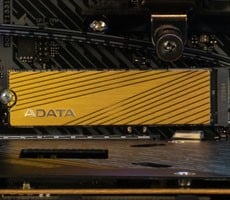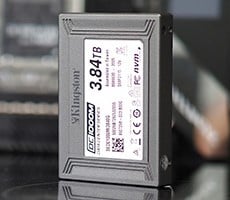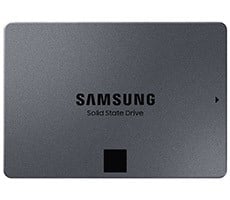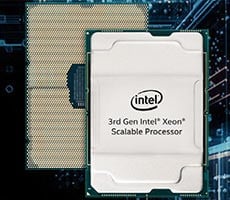Building A Personal Cloud With Seagate 12TB Hard Drives And Synology DS918+ NAS
Once the DS918+ is powered up (assuming it’s connected to your network properly) all of the setup is performed right through your web browser. Point your browser to http://diskstation:5000 (or http://find.synology.com) and you’ll be greeted by a simple welcome message. Click the ‘Set up’ button this this screen and you’re on your way.
The DS918+ will initially prompt you to setup the administrator account credentials and it’ll also search the web for any updates to DiskStation Manger. DiskStation Manger is the name Synology gives to the firmware and OS used on the device.
If there is a DiskStation Manager update available, the DS918+ will give you the option to install it – which will take a couple of minutes – and then the device will restart. You’ll also be prompted to configure the handling and scheduling of future updates and various maintenance operations.
Next you’ll be prompted to set up a QuickConnect account if you so choose. Synology QuickConnect is essentially a dynamic DNS and tunneling utility that gives you the ability to access the DS918+ over the web, without having to manually configure and forward ports in your router. This step is optional, but can be very handy if you want to access your files remotely. From there, it’s time to configure the RAID.
Depending on the number of drives installed in the DS918+, you’ll be given the option to choose from a variety of RAID types – RAID 0, RAID 1, RAID 5, RAID 6, RAID 10, JBOD etc. Unless you need the absolute maximum capacity of all the drives, RAID 0 is pointless and too risky to use in a NAS in our opinion. A single drive is fast enough to saturate a Gigabit Ethernet connection, so the performance benefits of RAID 0 are mostly negated and if a single drive fails your whole array will come down with it. RAID 1 will provide redundancy, but will half your total capacity. With a 4 drive setup, RAID 5 offers a balance of redundancy and performance, at the cost of a single-drive’s capacity, so that’s what we chose. With four 12TB drives, we ended up with a 36TB RAID 5 array (31.42TB usable).
Once the RAID mode is chosen, you then have to designate a shared folder and assign permissions to whichever users will have access to the NAS (a guess account is also available). At that point, the NAS is ready to use, though we must point out that depending on the size of the array, it may take many hours for the DS918+ to finish prepping the array and parity data. It took over a day for our 36TB array, for example. The shared volume is still usable during this process, but you won’t achieve maximum performance.
Once you’re done with the software setup, the shared volume(s) on the DS918+ will be accessible to any machine on your network. If you have an Android or iOS device, you can also download the Synology Cloud, File, and Server apps on your devices an access or administer the NAS remotely. And we're only scratching the surface of what the DS918+ can do -- there are also a myriad of plug-ins available for the device that work with everything from anti-virus packages to apache server and Wordpress, and everything from the LED brightness to fan speeds are configurable via the browser.
|





CrystalDiskMark shows the DS918+ leading overall as well. We present this performance data for a couple of reasons. First, we want to give you all some sort of baseline performance expectations for a NAS device like the Synology DS918+. But, this data is also a good example of how woefully inadequate Gigabit Ethernet has become when moving around lots of data.
The Synology DS918+, when paired with an array of 12TB drives like the Seagate IronWolf, saturates the network connection. The four drive array offers less than half the performance of a single, internal drive. Aquantia’s multi-Gig Ethernet solutions can’t get here fast enough in our opinion. When multi-Gig consumer and SMB products become more widely available, transfer speeds from NAS devices equipped with the technology should see a 2 – 10 fold increase in transfer speeds.














